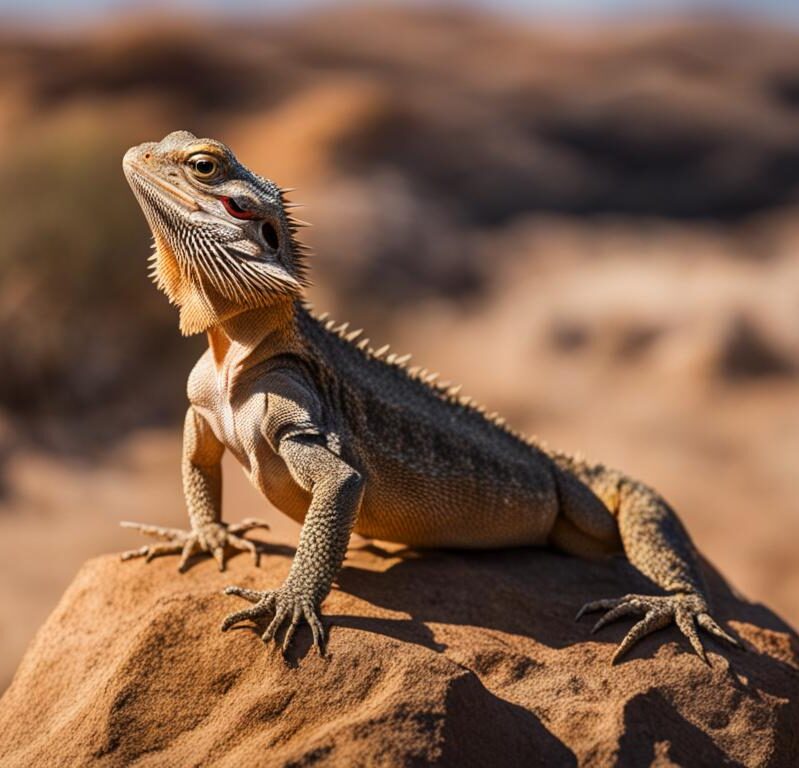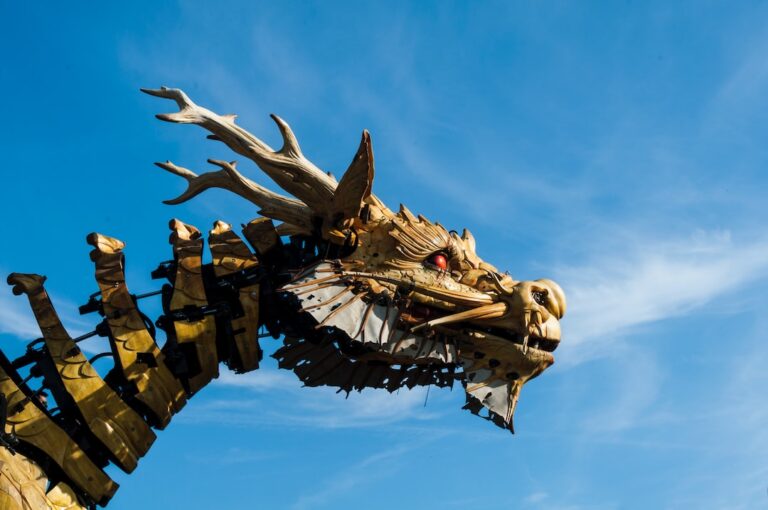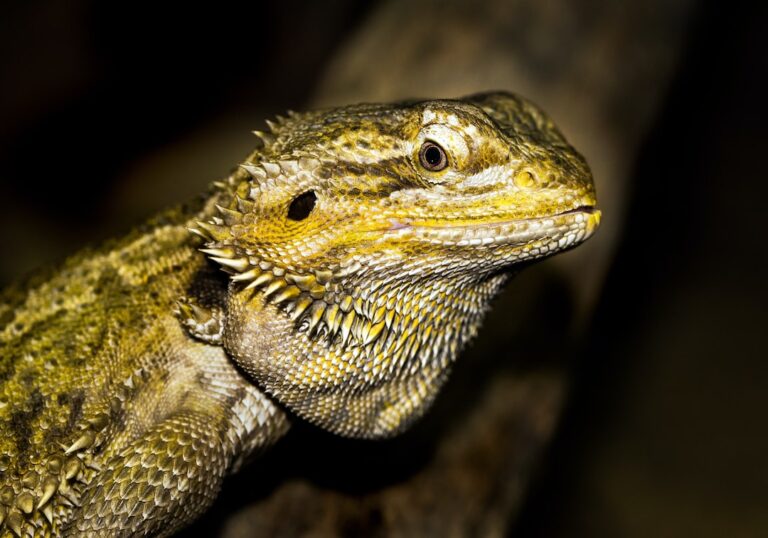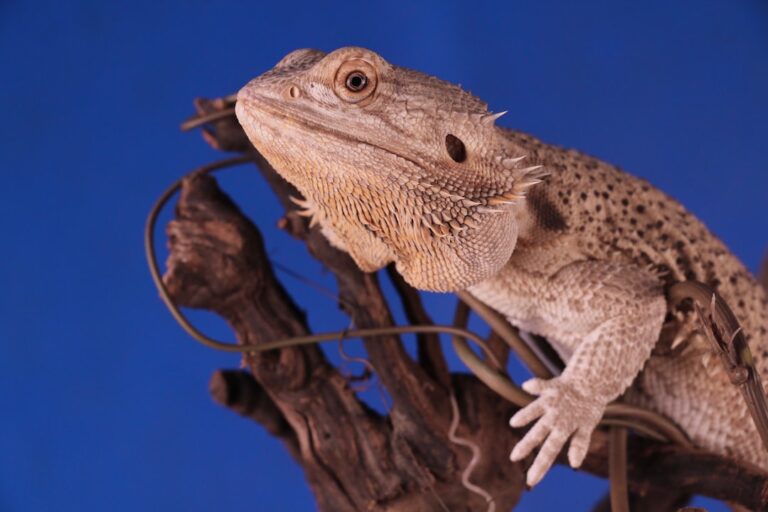Are Bearded Dragons Social or Solitary?
Bearded dragons, scientifically known as Pogona, are a type of lizard native to Australia. They are popular pets due to their unique appearance and relatively low maintenance requirements. Bearded dragons are known for their spiky appearance, which is where they get their name from. They have a triangular-shaped head with a row of spines under their chin that can puff up when they feel threatened or excited.
Understanding the social behavior of bearded dragons is crucial for their overall well-being and proper care. While they may seem like solitary creatures, they actually have complex social interactions both in the wild and in captivity. By understanding their social behavior, owners can provide an environment that promotes their natural instincts and allows them to thrive.
Table of Contents
Social Behavior of Bearded Dragons
Bearded dragons are social creatures that exhibit various forms of social behavior. In the wild, they live in small groups called colonies, which consist of a dominant male, several females, and their offspring. These groups help protect each other from predators and share resources such as food and basking spots.
In captivity, bearded dragons can also display social behavior with other dragons or even with their human owners. They may engage in head bobbing, arm waving, and even physical contact such as nuzzling or grooming. These behaviors are a way for bearded dragons to communicate and establish social bonds.
Solitary Behavior of Bearded Dragons
While bearded dragons are social creatures by nature, some individuals may exhibit more solitary behavior. This can be influenced by various factors such as genetics, past experiences, or environmental conditions. Solitary bearded dragons may prefer to spend more time alone and may not show as much interest in social interactions.
It is important to note that solitary behavior is not necessarily a sign of unhappiness or poor health in bearded dragons. Some individuals simply have a more independent nature and may thrive in a solitary environment. However, it is still important to provide them with proper care and enrichment to ensure their well-being.
Factors Affecting Social Behavior
Several factors can influence the social behavior of bearded dragons. Environmental factors such as the size and layout of their enclosure can play a role in their social interactions. A larger enclosure with plenty of hiding spots and basking areas can encourage socialization among bearded dragons.
Genetics also play a role in social behavior. Some bearded dragons may have a genetic predisposition towards being more social or more solitary. It is important for owners to understand and respect the individual needs and preferences of their bearded dragon.
Proper care and habitat are crucial for promoting socialization in bearded dragons. Providing a suitable environment with proper temperature, lighting, and nutrition can help create a healthy and happy dragon that is more likely to engage in social behaviors.
Communication in Bearded Dragons
Bearded dragons have various ways of communicating with each other. One of the most well-known forms of communication is head bobbing. Male bearded dragons often engage in head bobbing as a way to establish dominance or to court females. This behavior involves rapidly moving their head up and down, sometimes accompanied by puffing out their beard.
Another form of communication is arm waving, which is often seen when bearded dragons feel threatened or want to establish territory. They will lift one or both of their front legs and wave them in a slow, deliberate motion.
Bearded dragons also communicate through body language, such as posture and color changes. They may puff out their beard to appear larger or change the color of their body to indicate their mood or intentions.
Importance of Socialization for Bearded Dragons
Socialization is crucial for the overall well-being of bearded dragons. By providing opportunities for social interaction, owners can help fulfill their natural instincts and promote mental and physical health. Socialization can help reduce stress and boredom, as well as prevent behavioral issues such as aggression or depression.
Socialization also helps bearded dragons develop important social skills and learn how to interact with other dragons or humans. This can be especially important for dragons that will be living with other dragons or in multi-species households.
How to Encourage Socialization in Bearded Dragons
There are several ways that owners can encourage socialization in their bearded dragons. One of the most important things is to provide a suitable environment that allows for social interaction. This includes providing a spacious enclosure with plenty of hiding spots, basking areas, and visual barriers.
Owners can also encourage socialization by providing supervised playtime outside of the enclosure. This can involve allowing the dragon to explore a safe, enclosed area while being closely monitored. It is important to ensure that the area is escape-proof and free from potential hazards.
Introducing new environments and experiences can also help promote socialization. This can include taking the dragon for short outings or introducing them to new objects or stimuli in a controlled manner. Gradual exposure to new experiences can help build their confidence and reduce fear or anxiety.
Signs of Socialization in Bearded Dragons
There are several signs that indicate a bearded dragon is socialized. One of the most obvious signs is when they engage in social behaviors such as head bobbing or arm waving towards other dragons or humans. They may also show interest in interacting with others by approaching them or seeking physical contact.
Socialized bearded dragons may also engage in behaviors such as sharing food or basking spots with others. They may show signs of comfort and relaxation when in the presence of other dragons or humans.
Common Misconceptions about Bearded Dragon Socialization
There are several common misconceptions about bearded dragon socialization that need to be addressed. One misconception is that all bearded dragons need to live in groups or pairs. While some dragons may thrive in a social environment, others may prefer to live alone. It is important to respect the individual needs and preferences of each dragon.
Another misconception is that bearded dragons can only be socialized with other dragons. While it is beneficial for them to interact with their own species, they can also form bonds with humans and other animals. Proper socialization involves providing opportunities for interaction with a variety of individuals and species.
Understanding the Social Nature of Bearded Dragons
In conclusion, understanding the social behavior of bearded dragons is crucial for their overall well-being and proper care. Bearded dragons are social creatures that exhibit various forms of social behavior both in the wild and in captivity. While some individuals may exhibit more solitary behavior, it is important to provide them with proper care and enrichment to ensure their well-being.
By understanding their communication methods and providing opportunities for socialization, owners can help fulfill their natural instincts and promote mental and physical health. Socialization is important for developing social skills, reducing stress and boredom, and preventing behavioral issues.
Proper care and habitat are crucial for promoting socialization in bearded dragons. By providing a suitable environment with proper temperature, lighting, and nutrition, owners can create a healthy and happy dragon that is more likely to engage in social behaviors. It is important to respect the individual needs and preferences of each dragon and provide opportunities for interaction with a variety of individuals and species.
If you’re interested in learning more about the social behavior of reptiles, you might also enjoy reading the article “Are Turtles Social or Solitary?” on Reptile Friend’s website. This informative piece explores whether turtles prefer to live alone or in groups and delves into the fascinating dynamics of their social interactions. Discover the surprising ways in which turtles communicate and interact with one another by clicking here.






